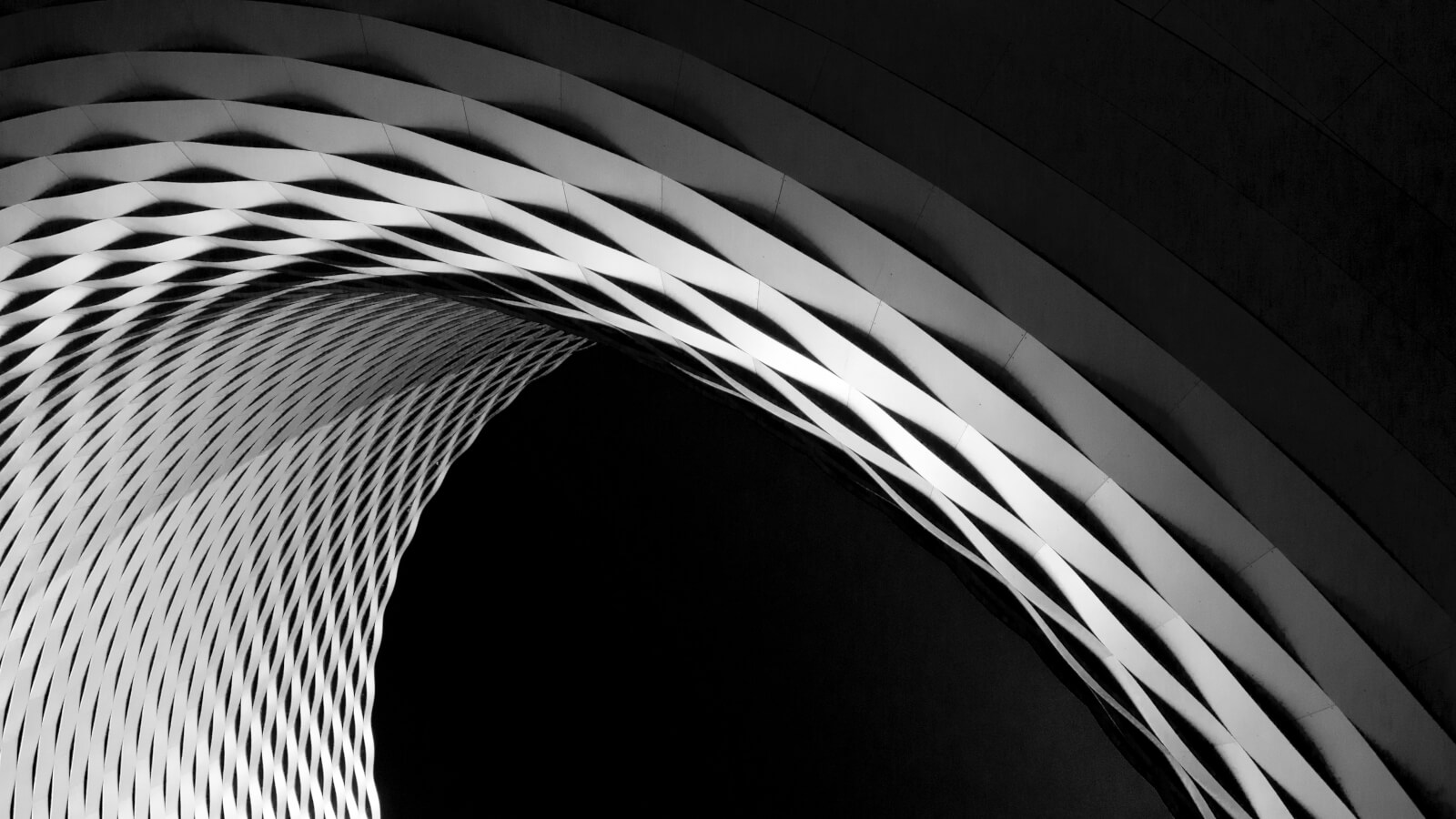1. What does LEED stand for?
LEED stands for Leadership in Energy and Environmental Design
2. What are things that LEED is NOT?
LEED is not an award that can be bought or obtained by influence. Something creative with a focus on sustainability must be done to a building. You earn points in a rating system for actually taking action using strategies, using systems design, integrating so to end up with the best building that’s possible at the time. New technology does not need to be created for an individual to create a LEED building. Instead, one must combine, creatively, the best solutions to reach whatever goal or to make a building perform as appropriate for the building. So, it doesn’t take away any creativity. It’s definitely not prescriptive.
3. What are some benefits of LEED?
The real benefit of using LEED is that a shared tool has been created. This is used as a tool for the design team, construction team and for the owner. LEED helps set goals and measurable goals. A company will usually lay out the issues that are most important to them. A LEED system creates something measurable. A LEED building is required to document everything that was done to the building. A building ends up with either the certified level of LEED or silver, which is where most governments have set their standard. Beyond that is LEED gold and the very top level is LEED platinum.
4. How is LEED related to the US Green Building Council?
The US Green Building Council was formed in the early 1990s by a group of developers, lawyers, designers, contractors, product manufacturers. The ultimate purpose from the beginning was to transform the market. They wanted to change the way buildings were designed and built. More specifically, in terms of the environmental impact of buildings but they didn’t really know how to do that. They were pioneers and that’s how the goal evolved into “we need a tool” with the purpose of defining what a green building was and then a tool to measure. So that’s how US Green Building Council came first.
5. What type of projects can be LEED?
First of all, there must be at least one full-time person occupying the building. So, it has to have a human-being working in it because the purpose is to build a relationship. The people in the occupants of a building have a relationship with the environment. So just a storage unit doesn’t do it. It has to be at least 1000 square feet so that there can be a big enough belt, but also promotes sustainability by downsizing from the original requirement 2000 square feet.
These questions and answers come from the How Great Buildings Work podcast episode with Kath Williams, president of Kath Williams and Associates. Kath Williams and Associates is a collaborative of creative independent contractors who come together to support innovative green projects worldwide.
Listen to the How Great Buildings Work podcast.
